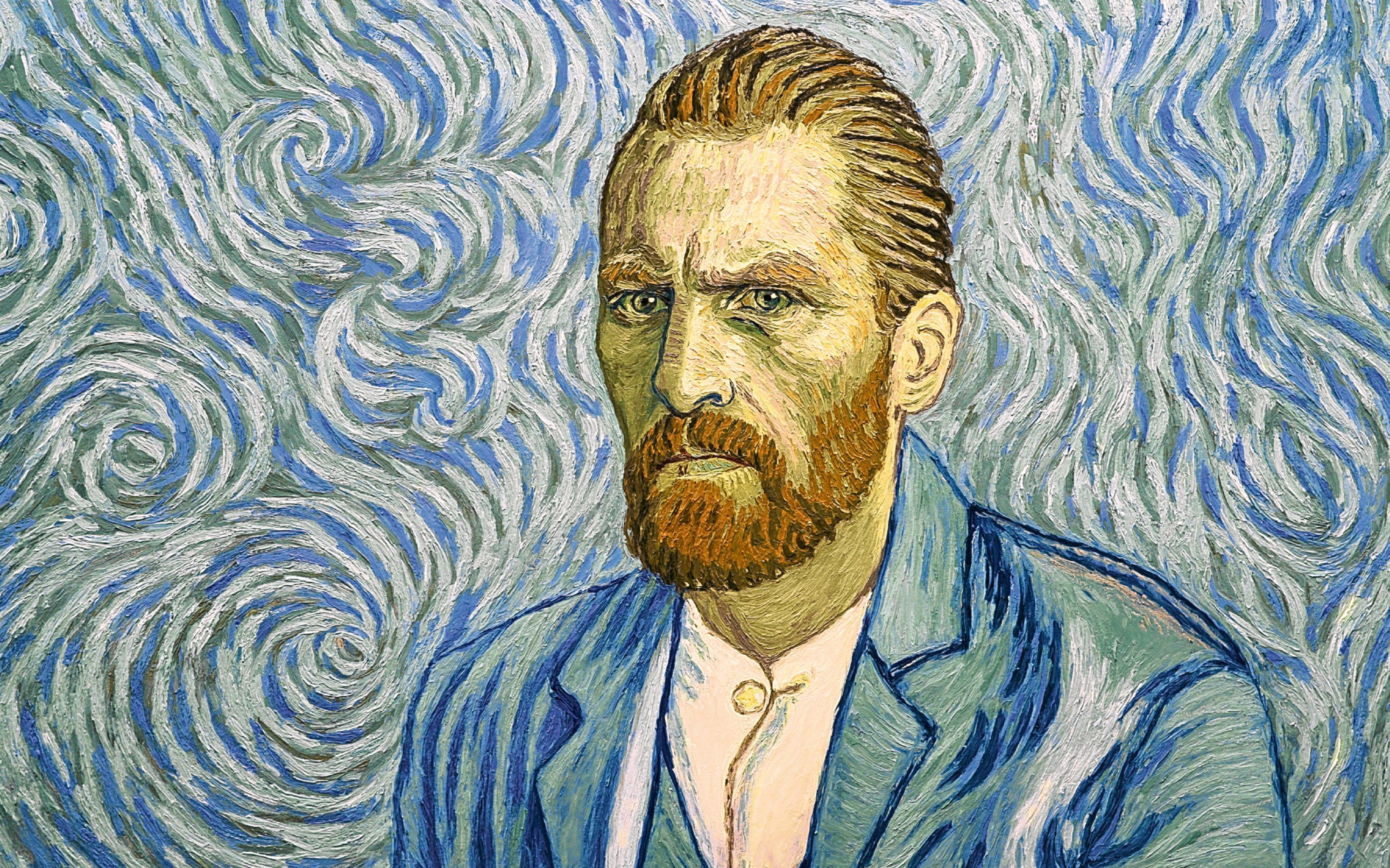
“WE cannot speak other than by our paintings.”
So wrote Vincent van Gogh in a letter the week before his death aged 37, in 1890.
Now, a new film out this week, Loving Vincent, is set to do precisely that — tell us all about the artist through his own work.
As the world’s first-ever fully-painted animation feature, the movie took 125 professional oil painters and 65,000 frames of film to relate the mystery surrounding the artist’s death.
Four years were spent developing the technique before more than another two were spent working on the film itself.
Many of Vincent’s famous paintings were painstakingly brought to life frame by frame for the film, and it’s set to be full of intrigue and mystery.
Van Gogh died from a gun wound to the stomach. What we don’t know is how he came to be shot, though it’s thought to be suicide.
Loving Vincent sees Armand Roulin — played by British actor Douglas Booth — tasked with delivering a letter written by Vincent to his brother and closest confidant.
Armand retraces Vincent’s footsteps and hears different accounts of the artist from the locals — many of whom had posed for portraits.
As Armand’s father Joseph (played by The IT Crowd’s Chris O’Dowd) comments: “How does a man go from calm to suicidal in six weeks?”
It’s the question on everyone’s lips in a film filled with big names.
Aside from Chris, there’s Game of Thrones’ Jerome Flynn, Poldark’s Aidan Turner and Eleanor Tomlinson, plus John Sessions and Helen McCrory.
More than 3,000 litres of paint were required to recreate van Gogh’s art, and actors filmed in a green room before the paintings were superimposed over them to add to the illusion that they had been painted by the artist.
The film is already getting a lot of attention, having won the Audience Award at the Ostend Film Festival last month.
You might expect that the artists on the film crew would have painted on celluloid to recreate van Gogh’s iconic style on screen, but the directors used his medium, wanting it to look as authentic as possible.
“We painted on canvas,” revealed Hugh Welchman, one half of the directing team.
“I mean, Vincent painted on canvas, and we painted on canvas.
“When they were painting, they were looking at the Vincent paintings and they were trying to get the same brush strokes.
“There have already been three major biography movies that deal with Vincent head on, and we wanted to take a different approach,” he added.
“It was always going to be bringing the portraits to life to tell their story about Vincent.
“As you probably know, there are a lot of conflicting views about what was wrong with him, why he committed suicide. We wanted to use all of that.”
Vincent once said: “I would like to show by my work what this nobody has in his heart.”
Well, he may have seen himself as a nobody, but he is far from it. And he may have died in 1890, but 127 years after his death, his story is still being told.
Loving Vincent is in cinemas from Friday, October 13.

Enjoy the convenience of having The Sunday Post delivered as a digital ePaper straight to your smartphone, tablet or computer.
Subscribe for only £5.49 a month and enjoy all the benefits of the printed paper as a digital replica.
Subscribe